I'm trying to do a problem for revision and I'm running into problems calculating the resistance of this circuit used to approximate a twin-core wire. 
It's used later in the question with the middle resistors being treated as a plastic layer, but I'm struggling with the first part of the question which is to calculate the total resistance R across the terminals on the left. What I tried is to treat the sections individually, that is:

This section has resistance \$ R_1 = 2r_a + r_b \$. I then considered adding another loop to this as essentially adding another resistor \$R_1\$ in parallel to the first loop, so this would have resistance $$\frac{1}{R_2} = \frac{1}{R_1} + \frac{1}{R_1} $$ so $$R_2 = \frac{2r_a + r_b}{2}$$
Following this logic, the resistance of \$n\$ loops would be $$R_n = \frac{2r_a + r_b}{n}$$ I don't think this makes sense since for \$n \rightarrow \infty\$, \$R_n \rightarrow 0\$. Am I missing something with this? I assume I did something wrong with the parallel/series treatment but I'm not sure.
The full question is:
The network of resistors shown in the Figure below contains a large number of identical segments and has an overall resistance \$R\$ as measured across the terminals on the left. Segments are added to the front of the network until eventually adding extra units makes no difference to \$R\$. Find \$R\$ in terms of the resistances \$r_a\$ and \$r_b\$.
1: Use the result to estimate the ultimate resistance of an infinitely-long twin-core cable made of copper wires (area 1.2mm, conductivity \$σ = 6 \cdot 10^7Ω^{−1}/m^{−1}\$). The 2mm gap between the wires is completely filled with plastic (resistivity \$ρ = 10^{13}Ω/m\$). Assume that the effective dimensions of the plastic layer are 1mm x 2mm.
2: *Roughly estimate the length of cable needed to establish this resistance.
